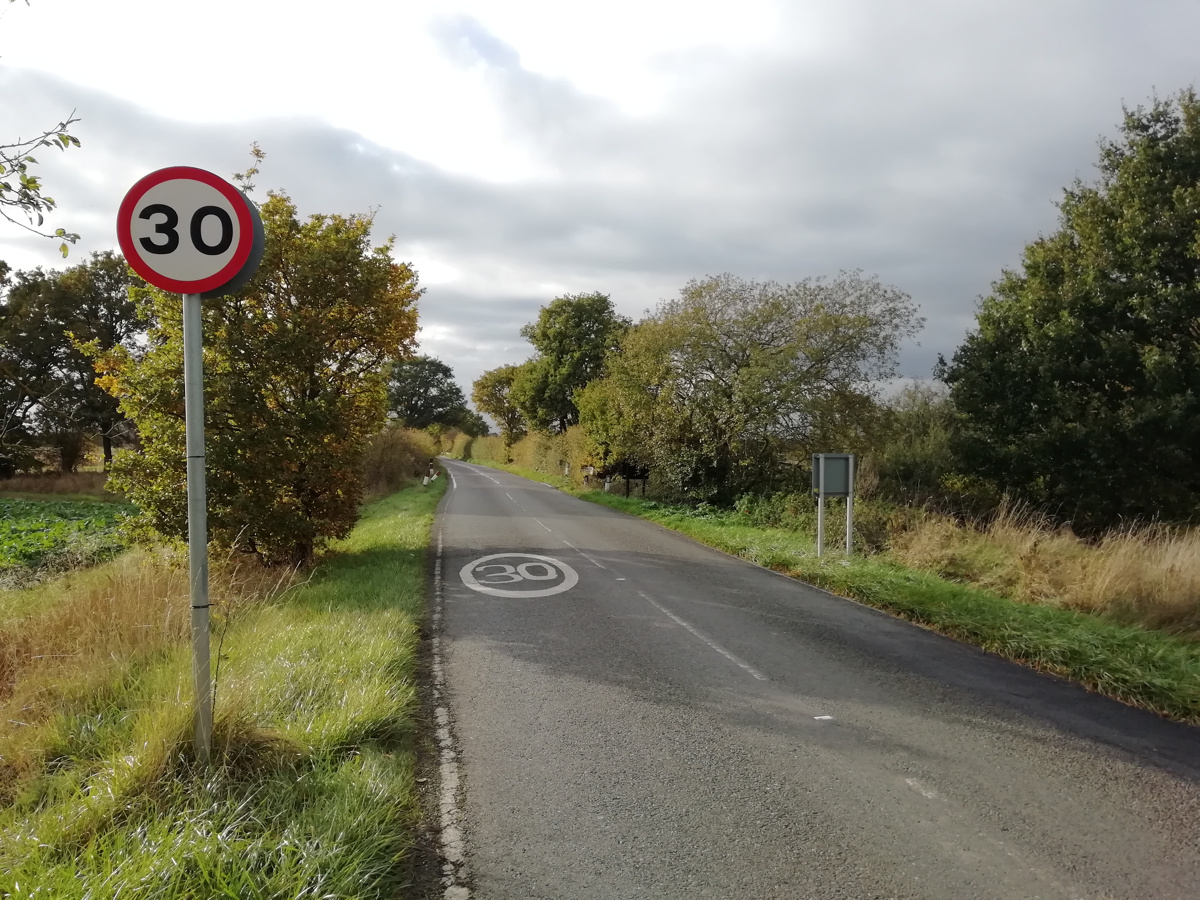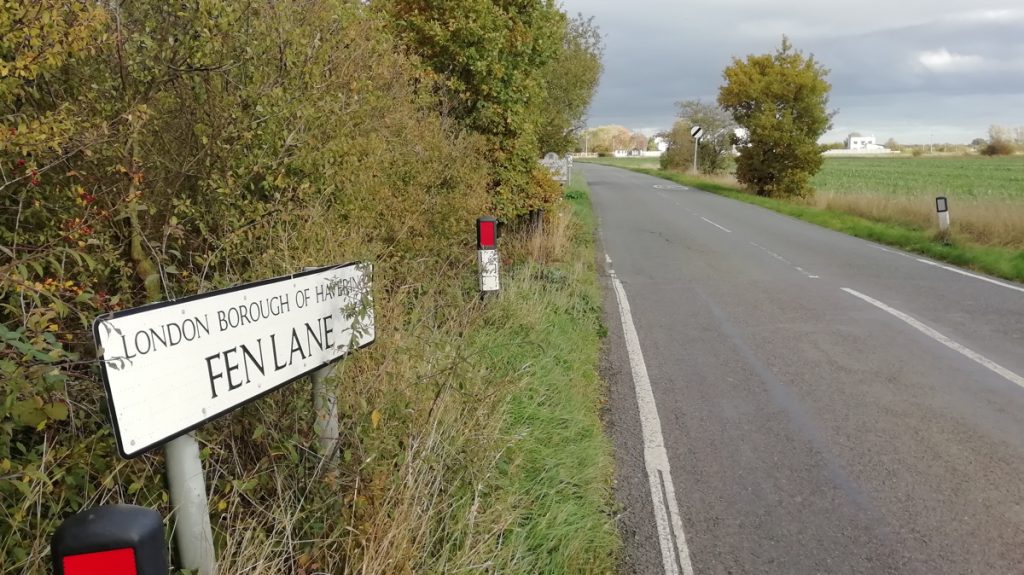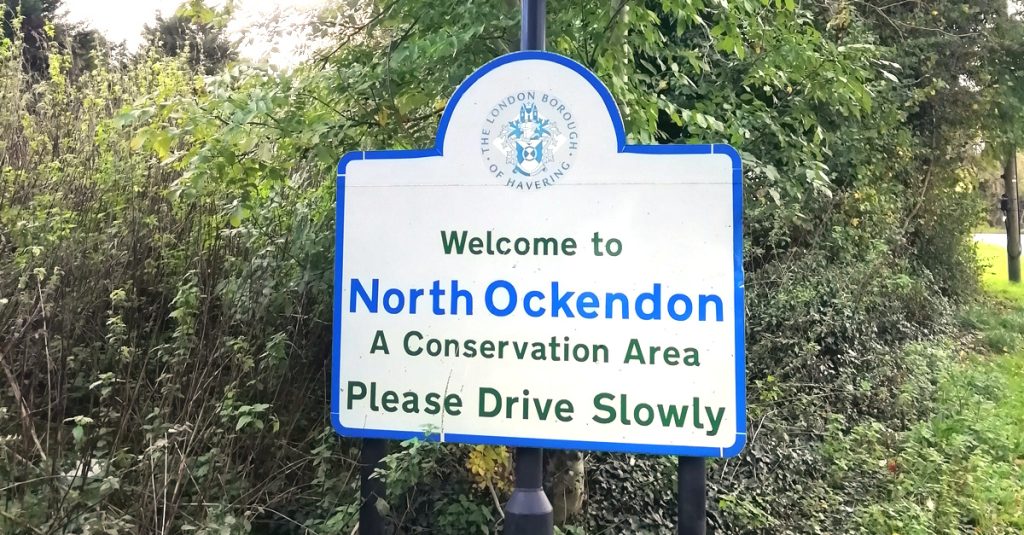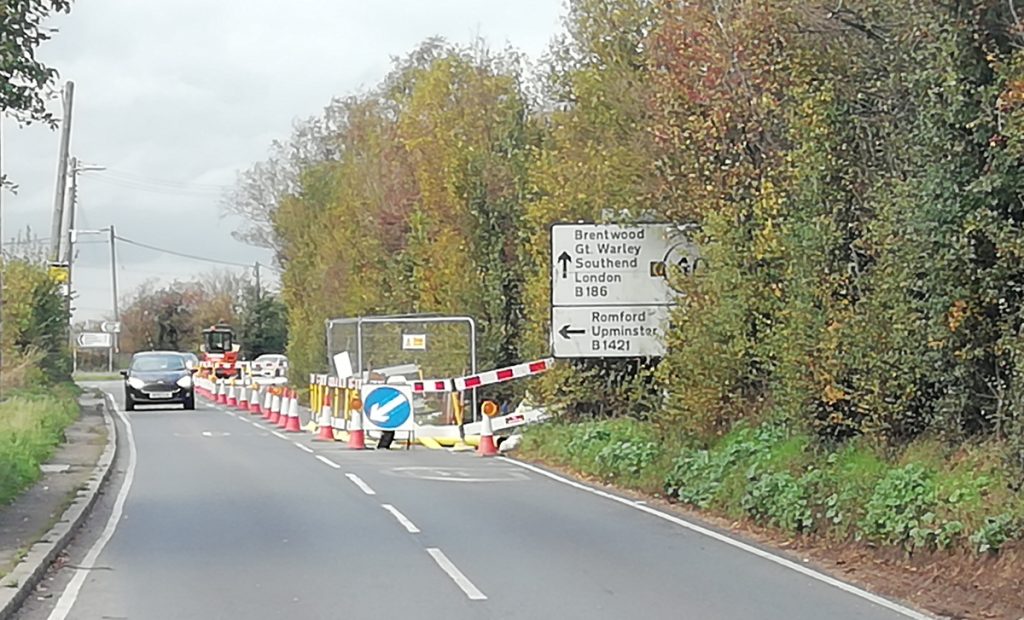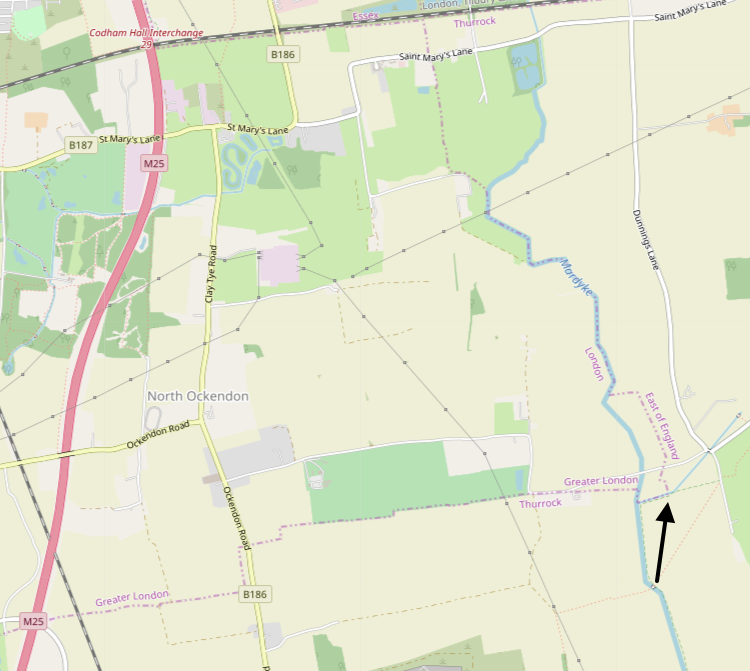East-London startup Beryl continues to expand their bikesharing footprint – their existing hub-based operations in the City of London, Hereford and Bournemouth/Poole are being joined by a 200-300 bike system in Watford next spring. Of note, this will include 100 electric bikes – a first for Beryl.
Mixed-type systems are fairly rare due to their operational complexity for both users and operators, however both London’s Santander Cycles and Edinburgh’s Just Eat Cycles are also going to part-introduce electric bikes to their fleet. Glasgow already has such a system, but the limited numbers of electrified docks cause confusion and fines for their users.
Beryl are also expanding internationally, launching an up-to-1000-bike system in Staten Island, one of New York City’s five boroughs and not currently served by the 14000 dock-based bikeshare bikes in Manhatten, Brooklyn and Queens. Staten Island has recently withdrawn the permits for Lime and JUMP, who were operating dockless systems in the borough. Beryl’s system here will presumably also be electric, due to Staten Island’s notoriously hilly topography.
Beryl was due to expand in London to Barnet, however they recently withdrew from neighbouring Enfield due to vandalism, so they may have decided that outer-London surburbia’s low density and limited existing cycling infrastructure and opportunity is not for them.
Beryl is also expanding their London footprint to Hackney, and launching in Norwich, soon.





